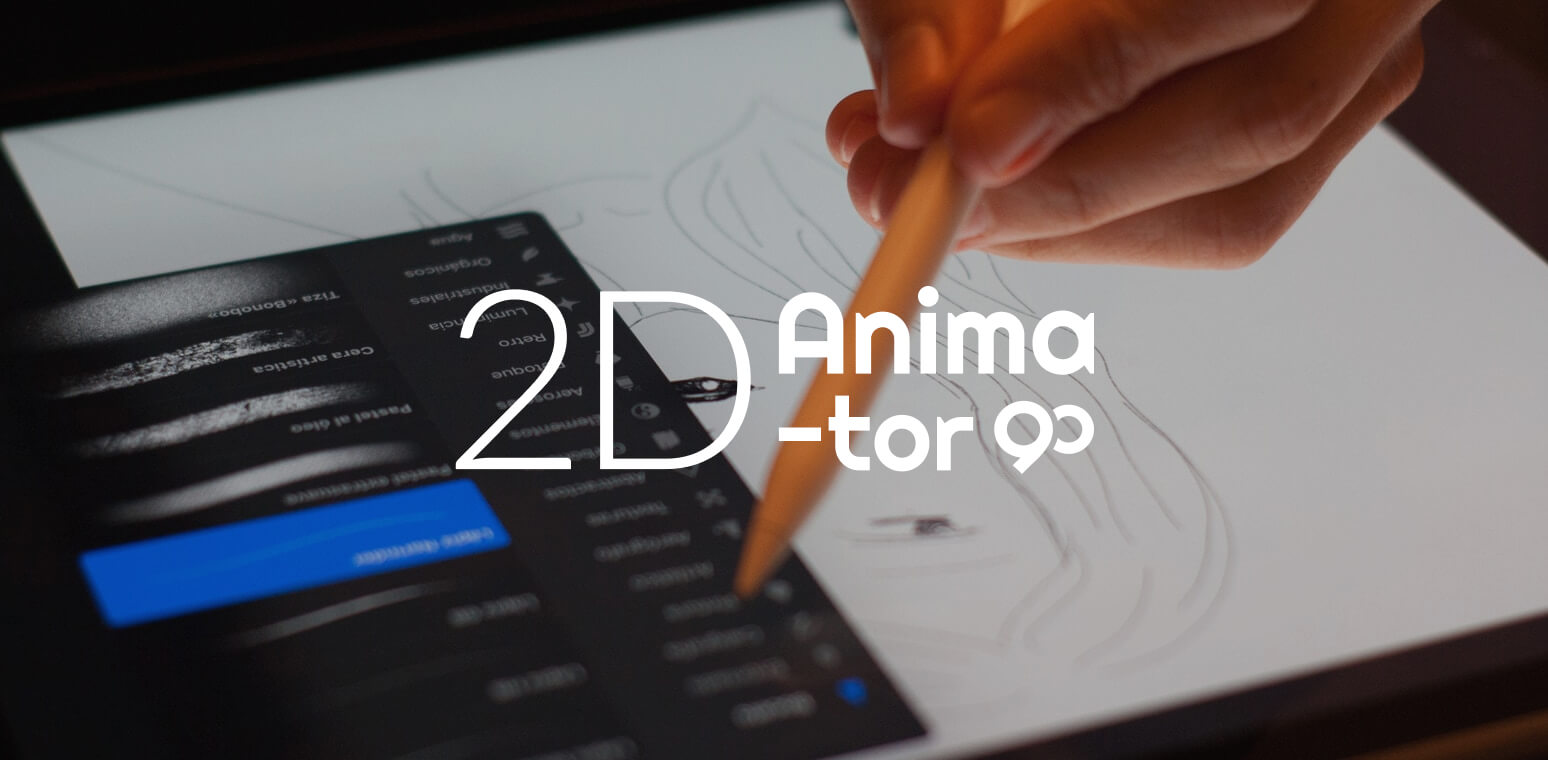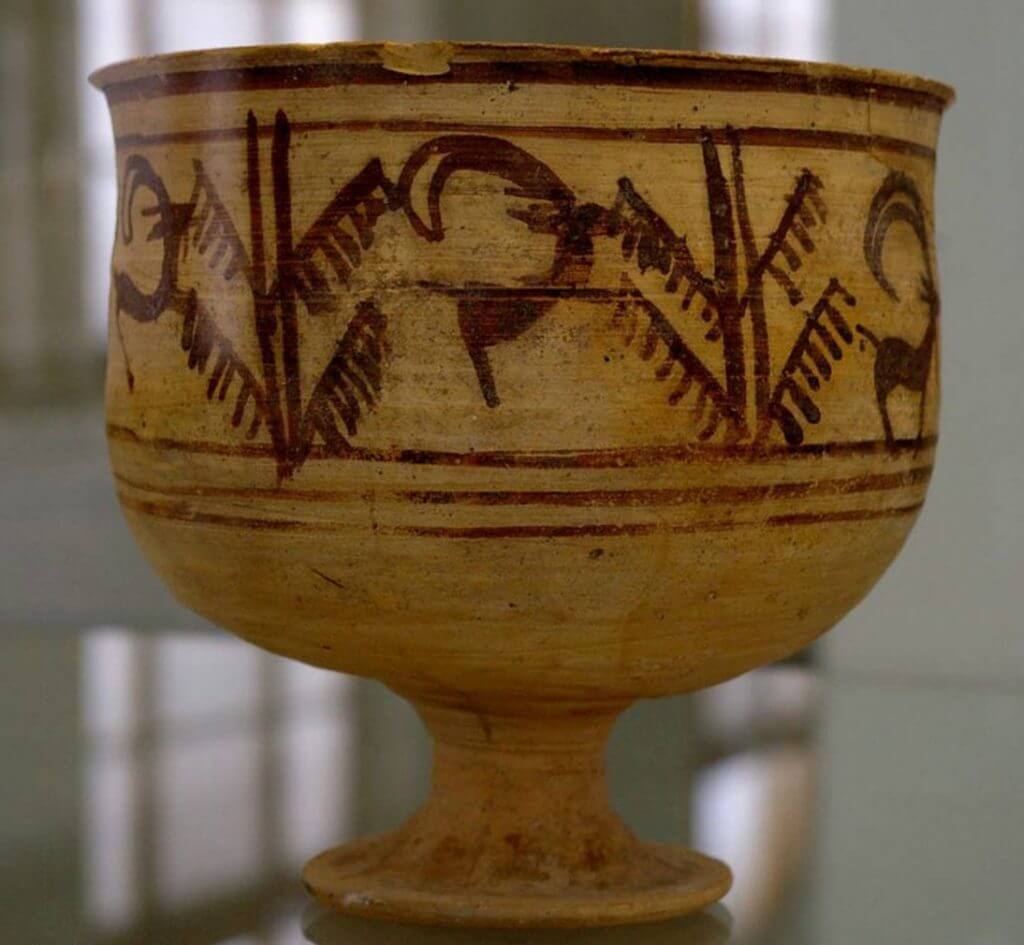
A 2D animator develops graphic images that simulate movement while working in a two-dimensional artistic space. The artist utilizes a storyboard to create this form of traditional animation but without the depth that appears in 3D art.
The 2D animator often creates hand-drawn images on a flat surface such as paper, a clear cell or a computerized storyboard and then draws a new image for each frame of the movement. Once complete, the animator photographs or films the frames in succession to produce action.
2D is sometimes called ink and paint animation because the frames are drawn and colored by hand and then filmed together to show action.
Computer animators use bitmap and vector images instead of film cells or paper. One animation can have hundreds of frames, each created individually designed and changed slightly so when combined, the figure appears to move.
Unlike 3D computerized animation, 2D artists have been telling stories using this method for centuries. The first example of a 2D animation is the 5,200-year-old goblet found in Iran.

Primary roles
Artist that creates the frames
The primary role of a 2D animator is to create, either by hand-drawing or using an image program, each frame necessary to simulate the movement.
They work in advertising, entertainment, gaming and even the architectural and education industries. Wherever movement is used to tell a story or make a point.
Production artistic director
A 2D animator might be the creative force behind the production, providing the basic idea and initial drawings and then supervising a team of artists to develop the necessary frames to complete the project.
The animator would oversee the production crew from inception, through frame creation and manage the development of the animation.
Secondary roles
Project developer
Often a complex 3D animation project like characters or the background for a game starts in 2D. Once the initial storyboard is created, the job is taken over by a 3D artist and expanded on to finish the work.
The 2D animator lays the groundwork by making sketches and creating frames that will develop into 3D animations such as theme exhibits, computer games or even a movie.
Artist for Directors
Film, stage and TV directors will hire a 2D animator to create storyboards as they block their productions.
In this case, the animator will create sketches based on the director’s vision and the story being told.
Later, the actors, prop managers and scene architects use the animation to develop their part of the production.